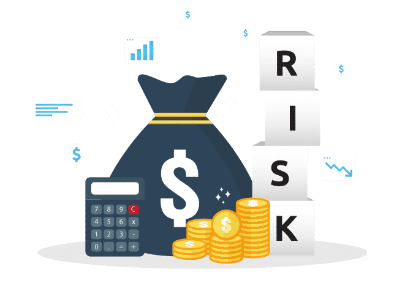
Understanding the potential risks to your business’s digital
assets is crucial to forming an effective cybersecurity strategy. A
cybersecurity risk assessment identifies the vulnerabilities in your systems
and processes, allowing you to prioritize security improvements effectively.
Here’s a step-by-step guide for small business owners on how to conduct a
thorough cybersecurity risk assessment:
Step 1: Identify and Value Your Assets Begin by
listing all your business’s assets that are crucial to its operations,
including hardware, software, data, and systems. Assign a value to each based
on their importance and the potential impact on your business if they were
compromised.
Step 2: Identify Threats and Vulnerabilities
Determine the potential threats to each asset, such as malware, phishing
attacks, insider threats, or hardware failure. Assess vulnerabilities that
could be exploited by these threats, including weak passwords, outdated
software, or lack of employee training.
Step 3: Analyze Security Controls Review the current
security measures you have in place for each asset. This includes physical
security, software solutions, policies, and procedures. Evaluate how effective
each control is at mitigating identified risks.
Step 4: Determine the Likelihood and Impact For each
combination of asset, threat, and vulnerability, assess the likelihood of a
security incident occurring and the potential impact on your business. This can
be categorized as high, medium, or low.
Step 5: Prioritize Risks Based on the likelihood and
impact, prioritize the risks to your business. Focus on risks with high
likelihood and high impact first, as these pose the greatest threat to your
operations.
Step 6: Document Your Risk Assessment Record your
findings in a risk assessment report. This document should detail the assessed
risks, evaluation of existing controls, and the rationale behind the
prioritization of risks.
Step 7: Develop a Risk Mitigation Plan Create a plan
to address the identified risks. This may involve enhancing security controls,
implementing new policies, or investing in cybersecurity training for
employees. Set clear timelines and responsibilities for implementing these
measures.
Step 8: Monitor and Review Cybersecurity is an
ongoing process. Regularly review and update your risk assessment to reflect
new assets, threats, and changes in your business environment.
Conducting a cybersecurity risk assessment might seem
daunting, but it’s a vital part of protecting your business. At Cyber Safe
Business, we specialize in guiding small businesses through this process,
ensuring that your cybersecurity measures are both effective and appropriate
for your specific needs.
👉 Need help conducting
a cybersecurity risk assessment? Contact Cyber Safe Business today for expert
assistance in safeguarding your digital assets.
#Cybersecurity #RiskAssessment #SmallBusiness
#DataProtection #CyberSafeBusiness #BusinessSecurity